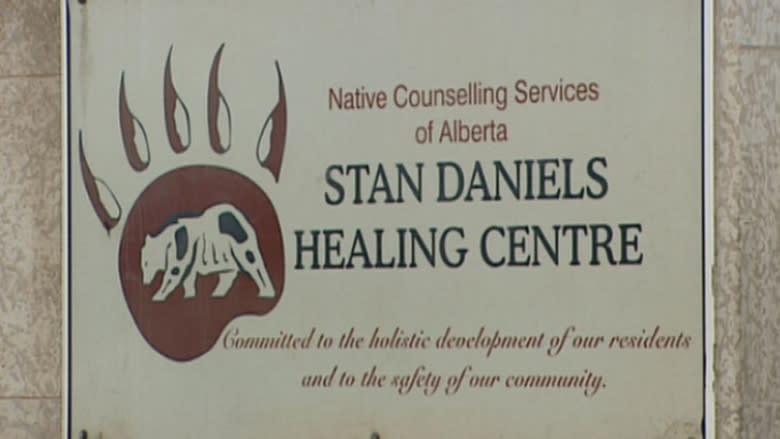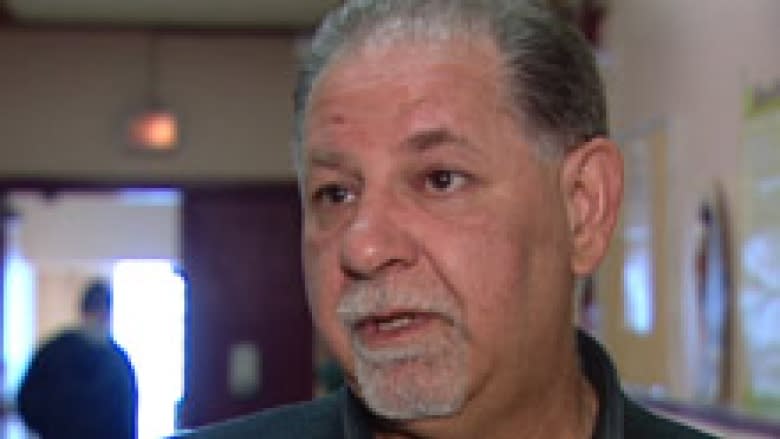Healing lodges designed to help rehabilitate Indigenous offenders underfunded, advocates say
Nearly 25 years after Canada introduced legislation aimed at giving Indigenous communities the power to rehabilitate offenders in community-run healing lodges, critics say those lodges are struggling — while the number of Indigenous inmates in prisons continues to rise.
Sections 81 and 84 of the 1992 federal Corrections and Conditional Release Act allow Indigenous communities to oversee the care and custody of Indigenous inmates, and allow for communities to be involved in planning for the release of an Indigenous inmate.
Correctional Service of Canada is suppose to fund these processes.
Healing lodges were created to help address the overrepresentation of Indigenous people in the prison system and a lack of Indigenous programming.
Healing lodges are institutions where Indigenous people can be rehabilitated outside of the prison setting, often guided by Indigenous spirituality and elders.
But according to Allen Benson, chief executive officer at Native Counseling Services of Alberta, money is a challenge for those healing lodges.
There are now one nine such healing lodges, offering a total of 347 beds, across the country. Four are operated solely by Corrections Canada, but five of the healing lodges are co-managed by Indigenous communities.
Since 1999, Benson's agency has co-managed the Stan Daniels Healing Centre, a 73-bed healing lodge located in Edmonton aimed at rehabilitating First Nations, Inuit and Métis men. The centre operates on an annual budget of $2.8 million.
But Benson said other healing lodges, solely managed by Corrections Canada, have annual budgets that range from $7 million to $12 million — despite offering fewer beds than the Stan Daniels Healing Centre in some cases.
That disparity makes it hard for centres like Stan Daniels to attract and retain staff, Benson said.
"We're constantly training and developing employees at our expense. We can't keep them there because we can't compete with the [Corrections Canada] salaries," said Benson.
Starting salaries for a parole officer position at Stan Daniels can range from $48,000 to $52,000, compared to CSC's starting range of $61,000.
Benson says over one five-year period, Stan Daniels lost 10 to 12 staff members.
Elders bearing the brunt
According to Benson, elders are bearing the brunt of the work of rehabilitating people in healing lodges.
"[Government has] high expectations and that's a real breach in terms of cultural integrity when the elders should be left to do the good work that they do," Benson said.
Benson is also troubled by elders becoming Corrections contractors. CSC has been procuring elder services since 1992. According to Corrections, as of October 2015, a total of 3,156 — or 85 per cent — of Indigenous inmates used the services of an elder.
But problems with healing lodge funding shouldn't come as a surprise to Corrections Canada.
Spirit Matters, a 2012 report by the Office of the Correctional Investigator, outlined several ways Corrections had failed its legislative obligations under sections 81 and 84 of the Corrections and Conditional Release Act, along with other findings.
The report was written by Ed Buller, now retired, who worked with the Solicitor General of Canada's Indigenous corrections policy unit for decades.
When asked why there aren't more Indigenous healing lodges, Buller said he believes it comes down fear.
"I believe a lot of it relates to CSC's fear of losing control over offenders," says Buller.
"CSC is a bad news agency for the minister and for the government because what makes the press are the escapes and the riots … I get the strong sense that they really don't want to lose any control over federal corrections and by giving some control to Aboriginal communities."
Indigenous prison population rising
Ivan Zinger is the acting Correctional Investigator of Canada, serving as the ombudsman for federally sentenced offenders. He said he would like to see Corrections hire an Indigenous deputy commissioner — someone at the table advocating for Indigenous inmates and needs.
CBC News asked Corrections if an Indigenous deputy commissioner will be hired, but the service said Indigenous corrections already operates under the supervision of a senior deputy commissioner who acts in this role.
Meanwhile, the number of Indigenous people in the prison system continues to rise.
According to the Office of the Correctional Investigator, Indigenous people account for just 3.8 per cent of the Canadian population, but make up 23.2 per cent of the total inmate population.
Between 2001 and 2012, the Indigenous inmate population increased more than 37 per cent for men, and 109 per cent for women.
Indigenous inmates are also more likely to be placed in segregation, and account for 30.8 per cent of all use-of-force incidents in prisons.
At the Stan Daniels healing lodge, segregation and force aren't utilized.
Meanwhile, Benson said other programs have showed the importance of programming for Indigenous offenders.
He points to a CSC report about an Indigenous prison program for men called "In Search of Your Warrior," designed by Native Counselling Services of Alberta, which found more than two-thirds of program participants were not re-admitted to a federal institution within a one-year follow-up.
The program was later adapted for female Indigenous offenders.
Buffalo Sage Wellness House, also run by Native Counselling Services, won a national award for its work on helping Indigenous women prepare for life outside of prison.
Last November, Auditor General Michael Ferguson issued a report that said rehabilitation programs aimed at Indigenous offenders are not offered "in a timely manner," and too many Indigenous people were released without adequate rehabilitation.
The report made eight recommendations for addressing the problems.
The Assembly of First Nations called at the time for more access to elders for Indigenous inmates and more healing lodges.
Corrections Canada has said it will address all of the recommendations of the auditor general's report.



